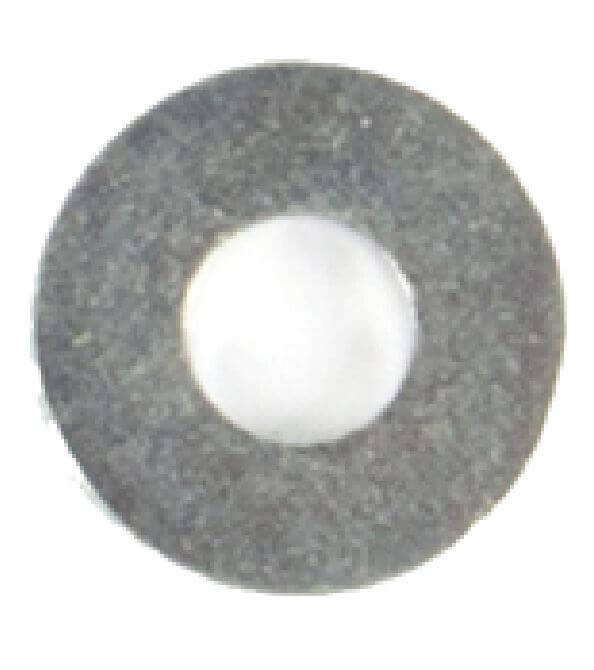
In 1943 all decals were ordered to be removed from combat helmets. This was to speed up production and lower cost as the war dragged on and the German economy began changing to a total war economy. The model M42 has the same features of the M40 with the exception of the edges of the helmet not being rolled and remain flared. The next model helmet to evolve was the M42. These refitted helmets are what collectors now term “reissue helmets”. It should be noted that many M35 helmets were brought up to date by repainting them with the matte field grey finish and/or other modifications if necessary. In 1940, the national colors decals and party shields were ordered to be removed. The changes made to this new model was the use of a more matte field grey finish and the vent holes were now integral to the helmets shell. The set includes 1 thick head (rear pin) and 2 thin head pins. The heads have been painted blue to match a WWII M35, M40 or M42 German Luftwaffe helmet. Reproduction ww2 German split rivets issued for combat M35, M40, M42 helmets or for transitional M17 and M18 helmets. A set of three reproduction split pins with washers. Duitse WO2 helmnieten en achterplaatjes replica set (3 stukken). Deutsche 2.Weltkrieg Splinten und Scheiben Replik Satz (3Stc). With the outbreak of war, some changes were made to bring in a new model, the M40. German ww2 reproduction split rivets & washers set (3pcs). M35 helmets can most easily be identified from the separate rivet ventholes and rolled eadges.

This new design was lighter and more streamlined than the older style helmets and is what the world now recognizes as the iconic helmet of the German Military. Decals were generally placed on each side of the helmet, one side being the branch and the other the national colors shield or party shield. During Adolf Hitler’s rearming of the German military in the early 1930’s, the M16 and M18 helmets saw extensive refitting with the newer liner system, fresh paint, and the addition of a centralized decal system for the newly formed Wehrmacht’s respective branches. The M16 and M18 helmets were in mass supply right up to the time the Nazi Party took control of the German government. In 1931, a new liner system was developed. GERMAN ARMY WW2 M35 REPRO HELMET SPLIT PINS BRASS RIVETS + WASHERS. Both the M16 and M18 saw use by the German Army during WW1, as well as the interwar years by the Reichswehr and Freikorps. German helmet liner rivets with washers split pins (3 pcs) Marked and Dated. The M16 underwent changes to bring about the next model, the M18. The German Army developed the M16 helmet in 1915 and began issuing it in mass quantity to its fighting troops in 1916. The war soon developed to necessitate the need for an improved headgear to protect the wearer. RIV047 - SPLIT RIVETS, RIV048 - SPLIT RIVETS, RIV049 - SPLIT RIVETS. Historical Description: When the German Army first marched into war in 1914 it went to the front lines wearing the traditional “Picklehaube” helmets. FLX004 - GERMAN SILVER CONDUIT, FLX007 - GERMAN SILVER CONDUIT, FLX014 - GERMAN.

This Luftwaffe M42 helmet displays extremely well, and is in excellent condition. The inside skirt of the helmet is stamped with the lot number “1545” as well as “ET66” indicating manufacture by Eisen- und Hüttenwerke AG in Thale, in a desirable size 66. The liner retaining split pins and washers are all present and appear totally untouched. The liner leather is complete, with the draw string intact, and shows little or no wear, and only typical age toning.

The interior of this helmet features a nice intact liner with a typical wartime steel band. The exterior of the helmet retains nearly all of the original typical midwar textured matte blue-gray paint, with some light scattered superficial scratches as well as remnants of small white paint specks from years of sitting in a US veteran’s workshop. The single Luftwaffe flying eagle and swastika decal is well preserved, and about 90 percent intact, with light wear and patina as well as a couple of larger chips to the tip of one wing and the beak of the eagle. View the informational chart below for additional specifications.Ĭheck out our inventory to find the right bifurcated rivets for your application, request a quote, or contact us to learn more.Product Description: This Luftwaffe M42 Helmet is a really nice example of this desirable helmet type. Different head styles are available, including oval head and truss head split rivets. Jay-Cee Sales & Rivet offers a large, in-stock inventory of standard split rivets.


 0 kommentar(er)
0 kommentar(er)
